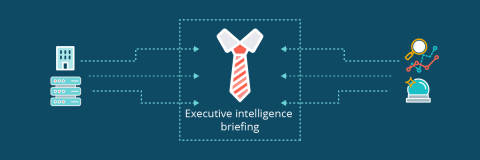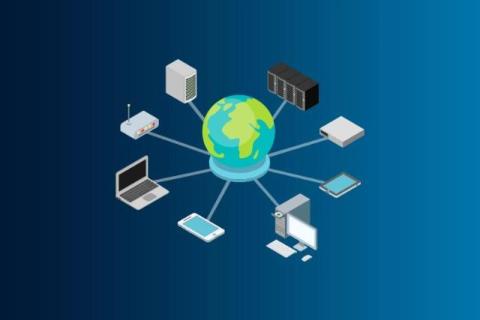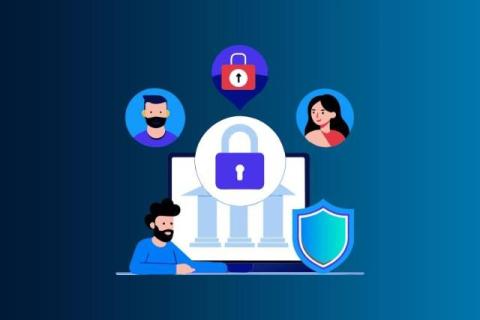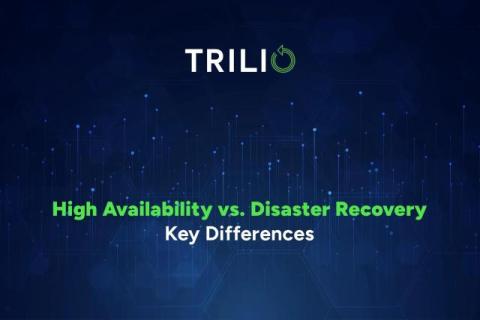The Wait Is Over...The Final CMMC Rule Explained
The publication of the final program rule for the Cybersecurity Maturity Model Certification (CMMC) Program, 32 CFR Part 170, in the Federal Register on October 15, 2024, was an important milestone toward ensuring the confidentiality of sensitive defense information and stemming the theft of that information by foreign adversaries. The rule becomes effective and the CMMC Program comes into existence on December 16, 2024.










